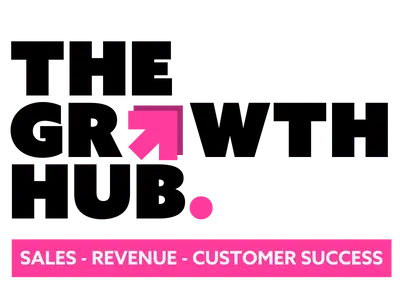Revenue Enablement is the new term being thrown around as the next big thing in sales. It’s a term that you may not be accustomed to yet, but looks set to be the bigger brother of Sales Enablement.
But what actually is Revenue Enablement it, and why is it important?
What is Revenue enablement?
John Moore, The Collaborator, VP of Revenue Enablement at Bigtincan defines it as: “Revenue Enablement is the process by which you most efficiently acquire and maintain customers, maximizing revenue gained through each stage of a customer’s journey with your business.”
Elsewhere, Sirius Decisions defines Revenue Enablement as: “An increasing number of sales enablement functions are responsible for supporting not only quota-bearing sales reps, but also additional buyer-facing roles (e.g. customer success, channel sellers, sales engineers, marketing personnel). The common thread among these roles is that they are all part of the organization’s revenue engine – the go-to-market functions responsible for revenue growth. Businesses are starting to recognize new terminology – e.g. “revenue operations” and “revenue enablement” – to align goals, practices, and initiatives among these interlocked buyer and customer-facing employees.”
So, while plenty of businesses are still trying to get their heads around Sales Enablement, Revenue Enablement is a more forward-thinking, holistic state of mind that looks set to take over.
What is the difference between Revenue Enablement and Sales Enablement?
Breaking Revenue Enablement down, SiriusDecisions says: “The core competencies addressed by the traditional sales enablement function — supporting the effectiveness of talent, assets, and communications in buyer-facing interactions — naturally overlap among all staff who deal directly with prospects and customers; these groups can benefit from the same types of empowerment.”
To explain it simply, think about all the roles within your company that talks to a customer. All of those roles can benefit from content, training, and guidance to help successful revenue enablement. These revenue associated roles, such as customer service, marketing, channel sales, and more, all need to be able to hold effective conversations with customers and prospects.
Clearly, the scope of what is involved in Revenue Enablement is bigger than in Sales Enablement. Rather than just Sales, every revenue generating employee in the company must become as effective at making the company money as possible. It goes way beyond Sales Enablement and can be a fundamental shift for a lot of companies.
Where to get started?
It might seem quite overwhelming to get started as it’s a large-scale initiative. There is a lot that you can do that wasn’t done before. However, there are some steps you can take to get you on your way:
- Start talking to everyone involved in a revenue associated role about the term and what it means.
- Get a grasp of the current level of operations with everyone involved and the possible level of operations from all parties.
- Understand the problem you want to solve.
- Ensure you have metrics to measure success.
- Be flexible. If something isn’t working, try something else.
- Always evolve.
Ultimately, it’s all about growth
Revenue Enablement sounds fancy, and it is. But it’s also transformational. It moves beyond Sales being seen as the revenue-generating role. And it encompasses everyone involved in generating more revenue, particularly those in direct contact with customers – service and support. Customer satisfaction and revenue and intrinsically linked.
The Sales process and then the customer’s lifecycle involves many parties and touchpoints. All of those help the business grow. And that’s what Revenue Enablement strives to achieve – it’s not just more sales, it’s retention and satisfaction. In any role within your business, effective communications come down to what your staff know and what they say to a prospect or customer – both verbally and written.
So, remember, the goal isn’t just sales revenue. It’s growth. And it’s driven by creating better customer experiences and delighting customers.




